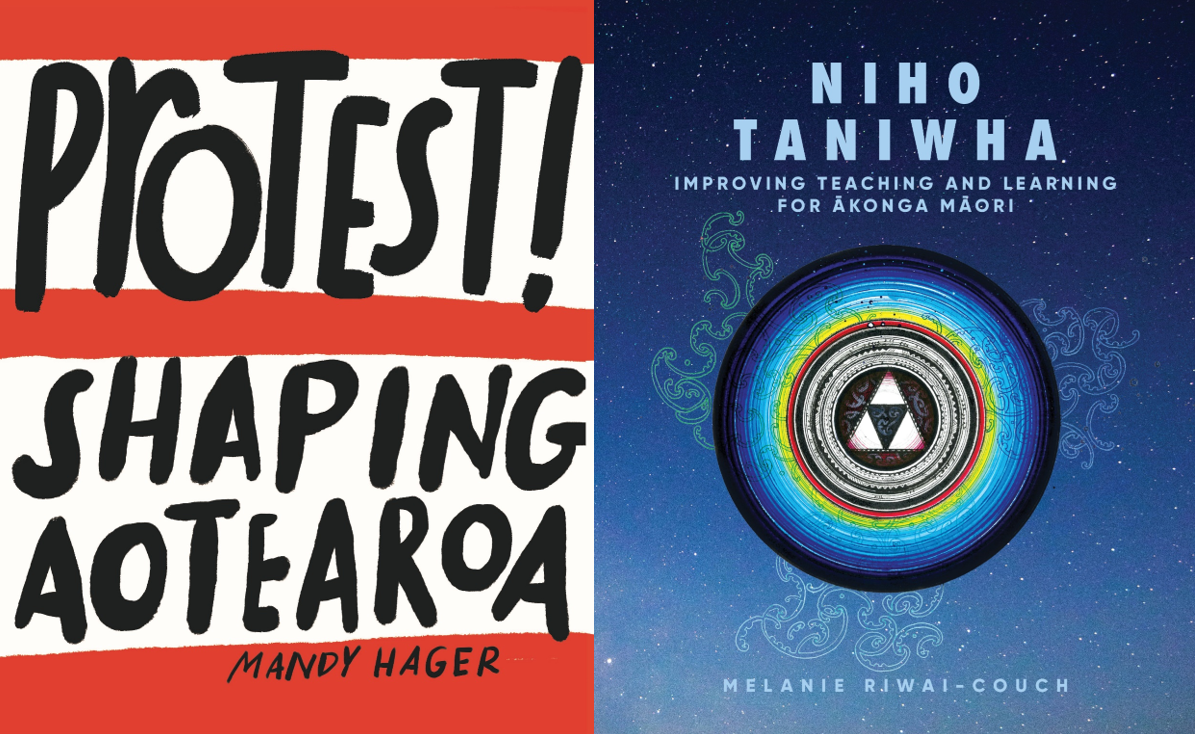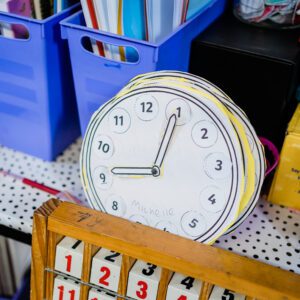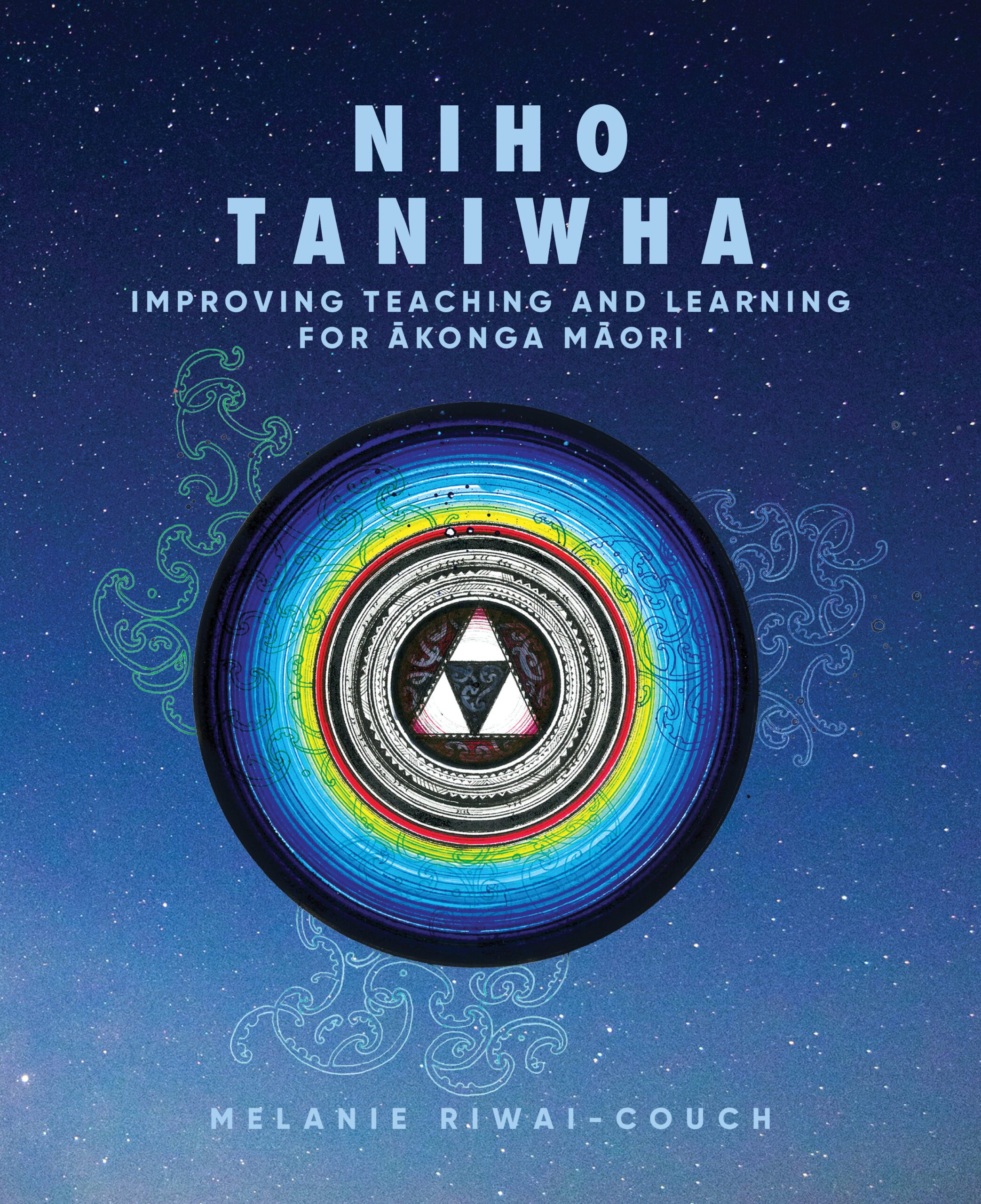
Niho Taniwha: Improving Teaching and Learning for Ākonga Māori
Melanie Riwai-Couch (Huia)
Niho Taniwha: Improving Teaching and Learning for Ākonga Māori is based on the Niho Taniwha model and provides a framework in which teachers can support ākonga Māori in their classrooms using transformative processes to lift and support all learners in a comprehensive manner, and avoiding tokenistic approaches.
This book not only serves as a source of rich Te Ao worldview and an exploration of the impact of ākonga Māori throughout their learning journeys, but also offers teachers a deeper understanding of ākonga needs, as well as their whānau, hapū and iwi. The book is organised based on the four aspects of the Niho Taniwha model (Whai, Ako, Mau and Tipu) with whakaaro tuatahi questions within each chapter to address pre-existing beliefs and ideas that teachers may have. Along with perspectives from Māori learners and whānau, there are also whakaaroaro questions at the end of each chapter that encourage self-reflection and evaluation.
Riwai-Couch has written a book that can be read over and over again, allowing educators an informative and self-reflective experience to support Māori students. Niho Taniwha will help staff develop strong and supportive culturally-responsive teaching practices and school environments and should be an essential resource for all teachers. – Natasha Jones
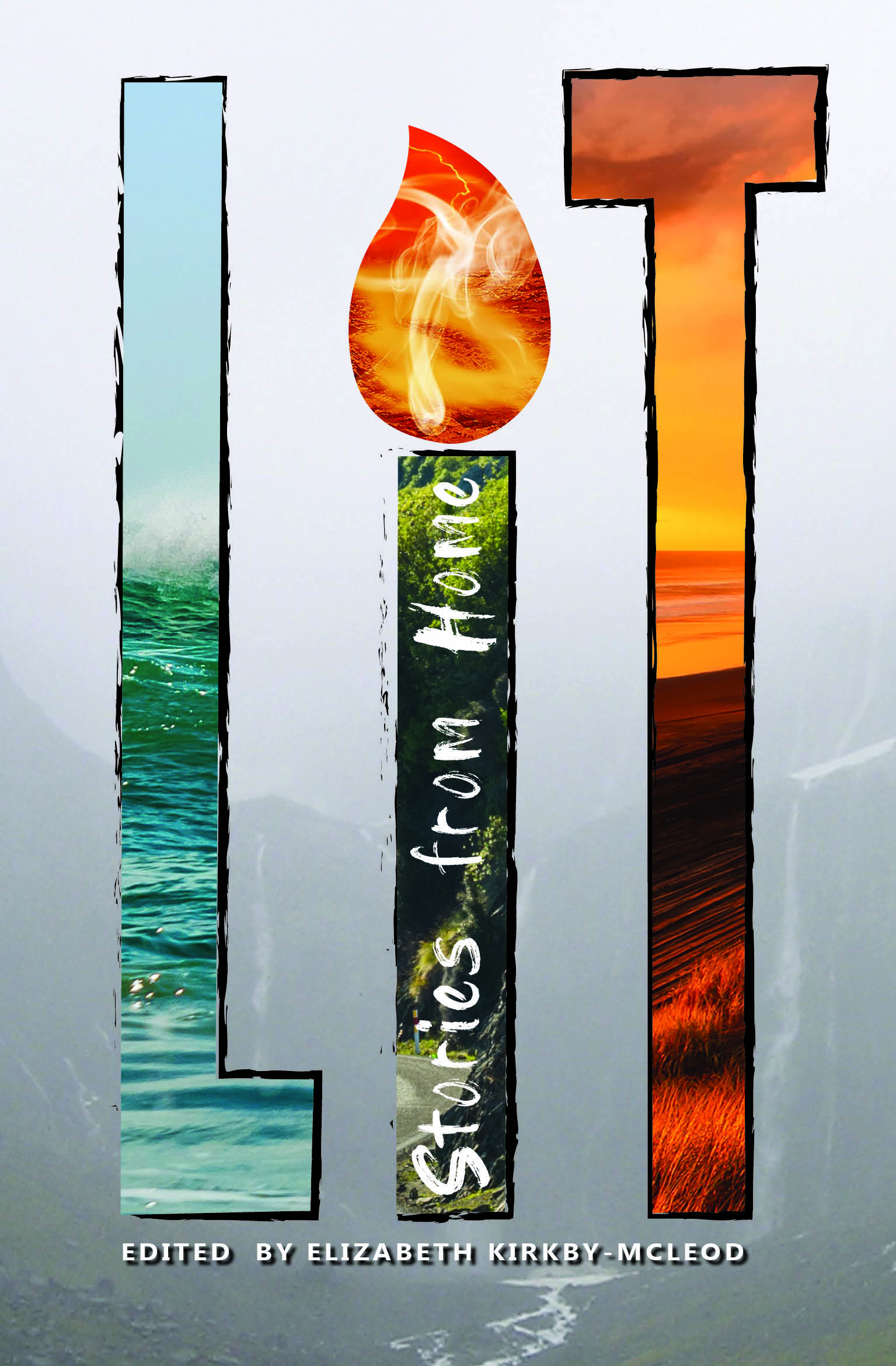
Lit: Stories from Home
Edited by Elizabeth Kirkby-McLeod (OneTree House)
Reading this collection of short stories from Aotearoa authors feels like the warm hug of your towel after a chilly south coast swim: cosy and comforting.
Kirkby-McLeod has curated a provocative collection of sixteen stories featuring both emerging writers and literary greats, and designed it to progress with readers through secondary school. Varying in pace and style, all of the pieces touch on themes of identity, activism, awareness, coming-of age, society and family.
My favourite from the collection, “The Queen’s chain”, is by Anahera Gildea (Ngāti Tukorehe). In just four pages she beautifully examines the complex generational relationship between land and body through three women from the same whānau. Acute observation of the natural world and its connection to identity is woven into the story: “On the day my mother and I arrived to move in, the lawn was newly mowed and there were rough broom marks on the path from the wire gate to the doorsteps. Blades of grass blew onto and off the concrete as we walked towards Nan at the door.”
There is something for everyone in this collection. And an extra-something for teachers, who can access notes to support learning through the publisher’s website. – Gordana Rodden
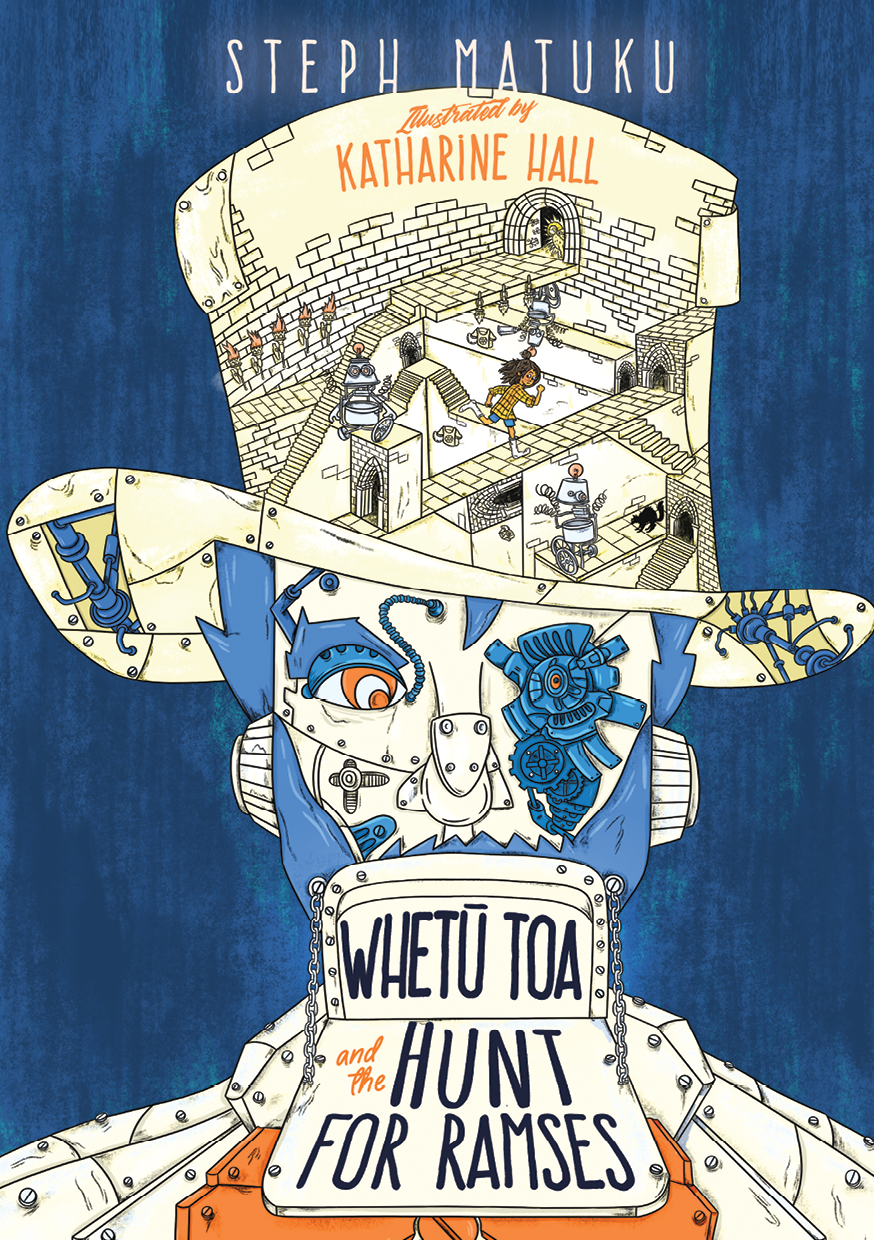
Whetū Toa and the Hunt for Ramses
Steph Matuku (Huia)
Performing ponies, a multiplying chicken and starbeam portals. It’s a pleasure to get inside Steph Matuku’s brilliant imagination and the world she has created – almost like our own, but with some funky twists. This is the second book in the junior fiction series about Whetū Toa who lives with her mum on a magician’s farm, looking after his enchanted animals.
Caring and considerate Whetū is not looking forward to telling her animal friends that she won’t have as much time to spend with them when she goes back to school. And as she suspects most of the animals aren’t impressed. But she is surprised and very worried when Ramses the golden ram disappears altogether! With the magician away and her mum as busy as ever, Whetū puts on her sleuthing hat and enlists the help of Tori the cat to find Ramses. Together they travel to alternative universes filled with more crazy creatures, some hilarious and others a little bit scary.
Like the first book in the series, Whetū Toa and the Magician, this book is perfect to read aloud together, or will be quickly devoured by more confident readers who enjoy stories of adventure, magic and animal mischief. Win a set of Steph Matuku’s Whetū Toa books. Details on page 64. – Sarah Silver

Skinny Dip
Edited by Susan Paris & Kate De Goldi (Massey University Press)
Pop into your local independent bookshop and pick up Susan and Kate’s brilliant new anthology of poems about school, especially written for students in Years 7 to 10. Dip in and out – the contemporary writers, some well-known in Aotearoa, some who soon will be, take you on a journey through four school terms with poems which are relatable, poignant, funny, beautifully observed – and very, very good.
school sucks but all my friends are there
spreading colds as quick as climate change
writes Vanessa Mei Crofskey, capturing, in free verse, the ambivalence of walking through the school gates again after the summer holidays.
kutu
like grains of sand
at the shoreline
of the scalp
observes essa may ranapiri, in a perfectly formed Found poem.
Found poem? Yes, and you’ll also meet pantoums, sonnets, sestinas, villanelles, even haiku, among a fascinating array of poetic forms identified and explained in an entertaining and informative glossary.
Teachers notes – absolutely, and they’re great – available here and focused on five of the poems. They walk you through ways for your students to deepen their understanding and appreciation of each poem, and then, ways for them to write and follow up creatively. Great fun – for you and your students! – Janice Jones
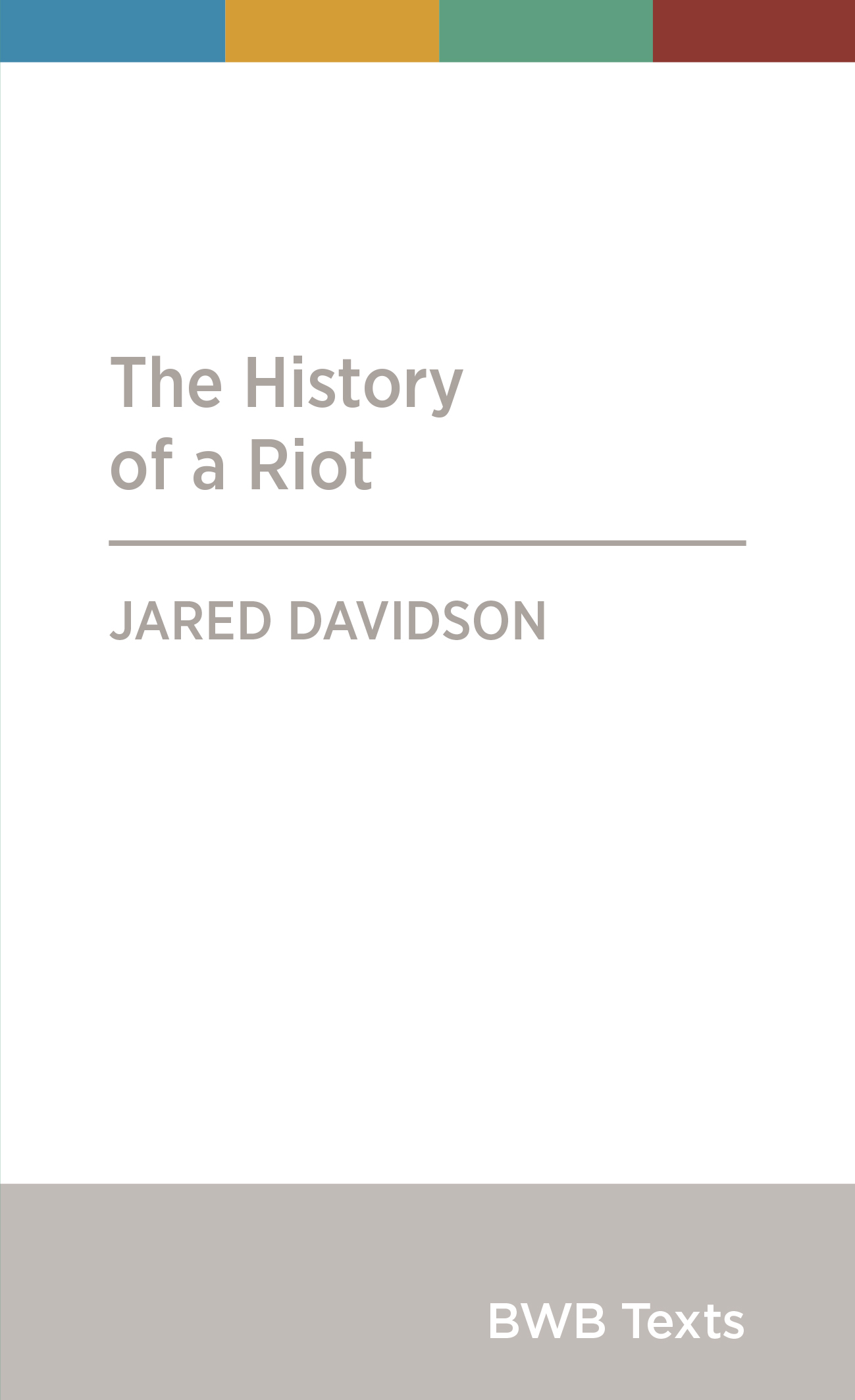
The History of a Riot
Jared Davidson (Bridget Williams Books)
In this short but dense text, archivist Jared Davidson uncovers a little known side of our history – how emigrant labourers to Nelson in the 1840s used collective action including strikes, petitions and revolt to protest poor working conditions. Promised abundant work by the New Zealand Company, the workers arrived from the UK to find very few employment opportunities and were forced to take on poorly paid relief work.
The book is divided into three parts, starting with a narrative of the riotous events of 1843. It then goes on to focus on the people involved, including their own history of resistance in the UK. It finishes with the New Zealand Company’s reaction and how they eventually eroded the gang-men’s power.
For anyone interested in the history of workers’ rights this is a fascinating dive into a pivotal struggle. And for those interested in local history, this is an excellent example of how starting at a micro level can be a great lead-in to learning about other areas of our past, in this instance the Wairau Affray. – Sarah Silver

Protest! Shaping Aotearoa
Mandy Hager (OneTree House)
“A bunch of crackpots”. “Radical activists”. “Traitors”. “Terrorists”. But to Mandy Hager in Protest! Shaping Aotearoa they’re just a “bunch of ordinary people” deciding to take a stand based on their values.
Hager’s short book is an admirable potted history of some of the social, economic, political, gender and environmental protests that have helped shape Aotearoa New Zealand over the last 200 years. Grouped according to issues rather than in chronological order, they make for a fast and mostly entertaining read that work as introductions to important moments of recent local history that students can use as the catalyst for greater and deeper inquiry. The book also shines a light on some of the more distasteful aspects of our history that previous texts simply did not discuss – racism towards Māori and Pasifika, violence towards women and the treatment of the rainbow community.
One criticism is that more than one third of the book is devoted to environmental and conservation issues. While it’s important to highlight the history of green political advocacy, and certainly relevant for the target reader to help contextualise the existential threat of climate change, its overemphasis on more recent “green protests” marginalises other issues that could have been fleshed out in greater depth.
The central theme of the book, however, is still relevant – that social change takes time, and that the marginalised voices can eventually effect change for the betterment of all. – Greg Stutchbury

Why is that Spider Dancing? The Amazing Arachnids of Aotearoa
Simon Pollard and Phil Sirvid (Te Papa Press)
While I had never wondered why a spider was dancing, I have wanted to know why the daddy-long-legs in my kitchen shakes and spins when I go too close, and just how dangerous the white tail spider in my wood pile really is. Budding entomologists will find answers to these questions and so many more in this book written by Te Papa arachnid expert Phil Sirvid and award-winning science writer Simon Pollard.
Full to the brim with photographs and packed with engaging headings, it is perfect for dipping in and out of. I would also highly recommend this book to all arachnophobes – the more you find out about these fascinating creatures, the harder it is to fear them. In fact, the only thing to fear from this book are the endless arachnid facts that tamariki will want to share about the tiny, but amazing creatures we are lucky enough to share our homes and gardens with. – Sarah Silver
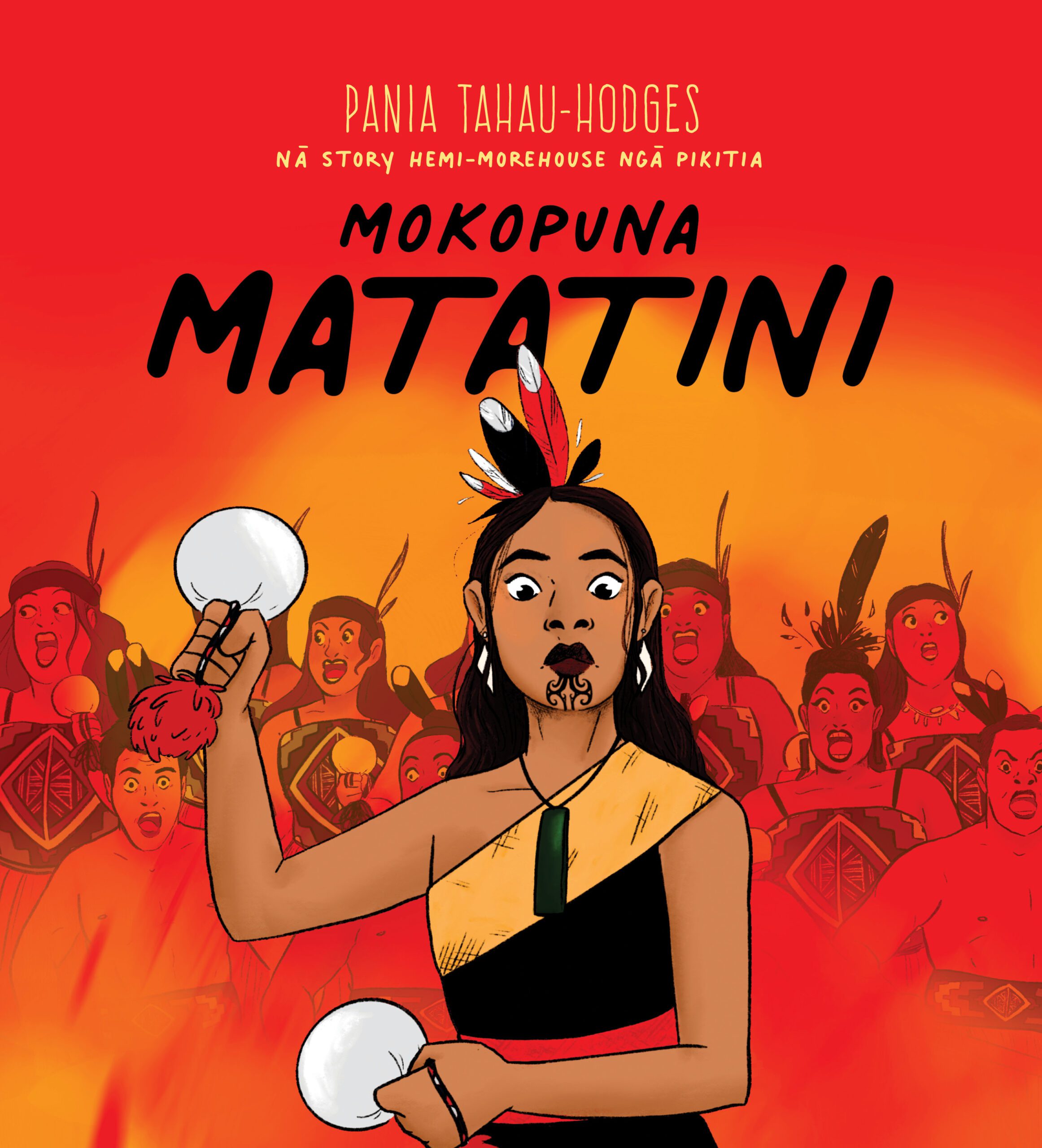
Mokopuna Matatini
Pania Tahau-Hodges, nā Story Hemi-Morehouse ngā pikitea (Huia)
Kia rite, kia mau!
Kua tae te wā mō te huinga o ngā huinga, mō te tino taiopenga o te ao kapa haka.
Kua rite te whānau mō … Te Matatini
Kua kī te pouaka mātao,
Kua riro mai ngā tīkiti,
Kua whiriwhiria e te whānau ō rātau tino kapa.
Ko wai ka toa, ko wai ka tohu?
Ko tēnei tētahi kōrero i tētahi whānau me ā rātou hononga ki Te Matatini, nā roto i tō rātou kuia. He ātaahua tēnei pukapuku, he ngāwari rawa atu ki te pānui, he reo māmā ki te whai. Ki tonu te whārangi i ngā pikitia ataahua. He ngāwari ngā tae ki ngā kanohi, he āhua ōrite ki ētahi pakiwaituhi. Mā tēnei ka mau i ngā whakaaro o ā tātou mokopuna o nāianei. Ka tino taunaki ahau kia tāpirihia tēnei pukapuka e tētahi whare pukapuka puta noa i Aotearoa. – Virginia Heta (Ngā Puhi, Ngāti Porou)
